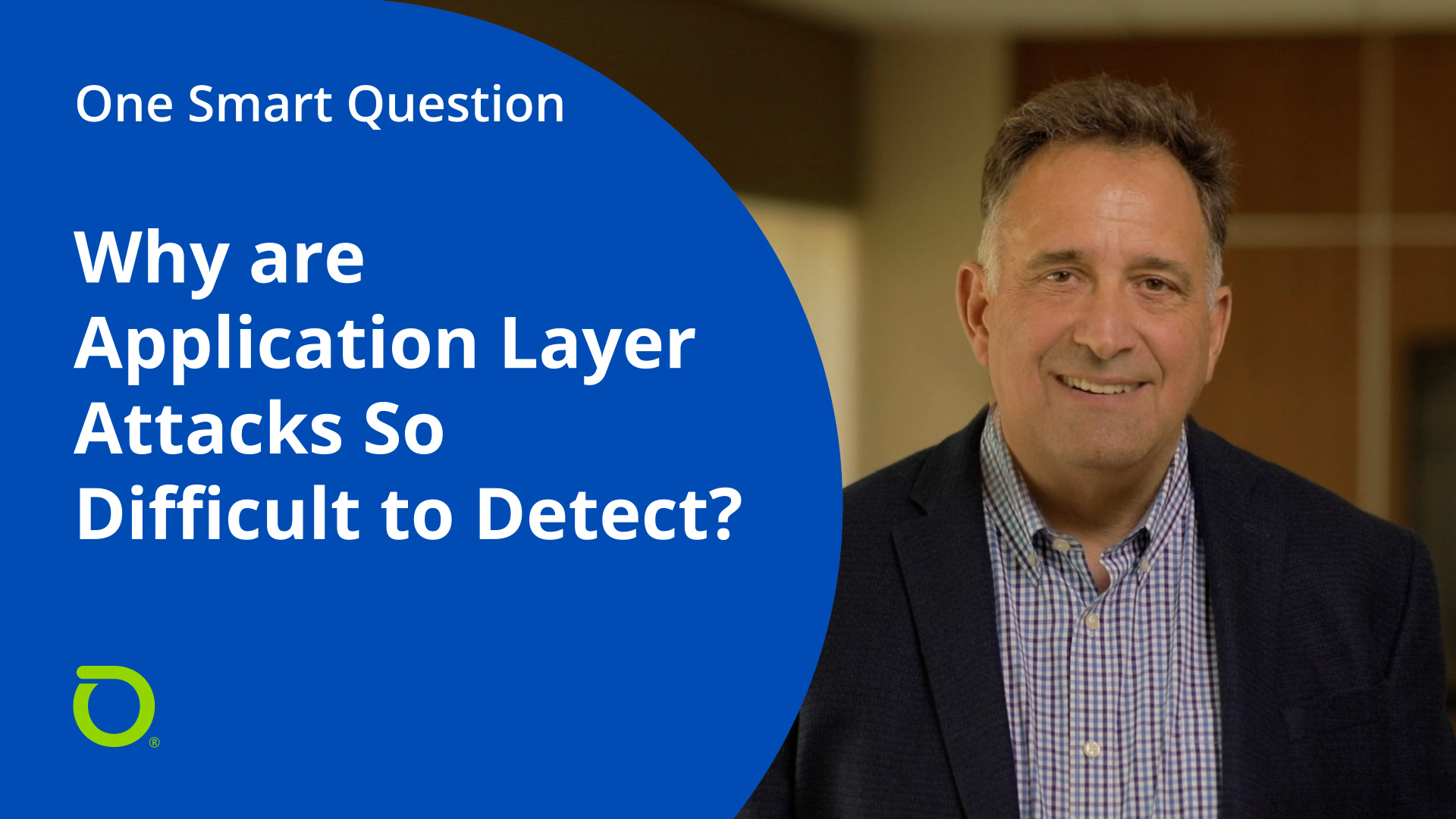Prevention or Detection: Which Is More Important for Defending Your Network?

When it comes to physically protecting a building, you have two primary defenses: prevention and detection. You can either prevent people from entering your property without your permission, or you can detect when they have already trespassed onto your property. Most people would prefer to prevent any trespassing, but a determined adversary is always going to be able gain access to your building, given enough time and resources. In this scenario, detection becomes the only alternative.
The same holds true for protecting assets in the digital world. We have the same two primary defenses: prevention and detection. And just like in the physical world, a determined adversary is going to gain access to your digital assets, given enough time and resources. The question will be: How quickly are you able to determine that an adversary has penetrated your network?
If You Can’t Prevent, You Must Discover
This is where detection comes in. Do you have the right tools and procedures in place to find attacks quickly when they are occurring? Most businesses do not. It takes days, weeks, and often even months before an attack is discovered. The gap between breach and discovery is known as dwell time, which is estimated to be more than 200 days in most cases and, according to IBM, as many as 280 days in some instances. If it takes this long to discover that an attack is in process, it may be impossible to determine the root cause if you don’t have enough historical data to review.

Learn why Application Layer DDoS attacks are so difficult to detect.
Therefore, it is just as important, and maybe even more important, to spend money increasing your ability to detect when a breach has occurred rather than to determine when a breach is actively occurring or to see that specific firewall (FW) or intrusion detection system (IDS) rules have actively prevented an attack. New attacks are taking place all the time, and bad actors are constantly coming up with new ways of infiltrating your network. It is important to understand that, at some point, a bad actor is going to get through and penetrate your network. What will be vitally important is whether you are able to see the attack when it is taking place, or shortly after, or whether instead the attack will be discovered weeks or months after the fact. In the latter case, do you have enough historical data to go back and determine when the attack started, or will that data be long gone by the time you notice something is wrong?
Saving the Data You Need
It is important to have several months’ worth of data so that you can go back and determine the initial compromise on your network. Having an advanced network detection and response (NDR) tool such as NETSCOUT’s Omnis Cyber Intelligence (OCI) can ensure that you have the data you need. OCI stores all of the relevant information, including layer 2-7 metadata and packets that you need to determine the root cause of an attack—not just flow data that won’t help in this situation.
How much historical network traffic are you storing? Do you have enough data to go back and research the start of an attack if it occurred 200 days ago? Or are you going to rely on catching bad actors faster than the industry average? It is important to understand the need for leveraging both prevention and detection capabilities and ensuring that you have enough storage to thoroughly investigate an attack when it occurs.
Watch this video to see how NETSCOUT can help your back-in-time investigation.